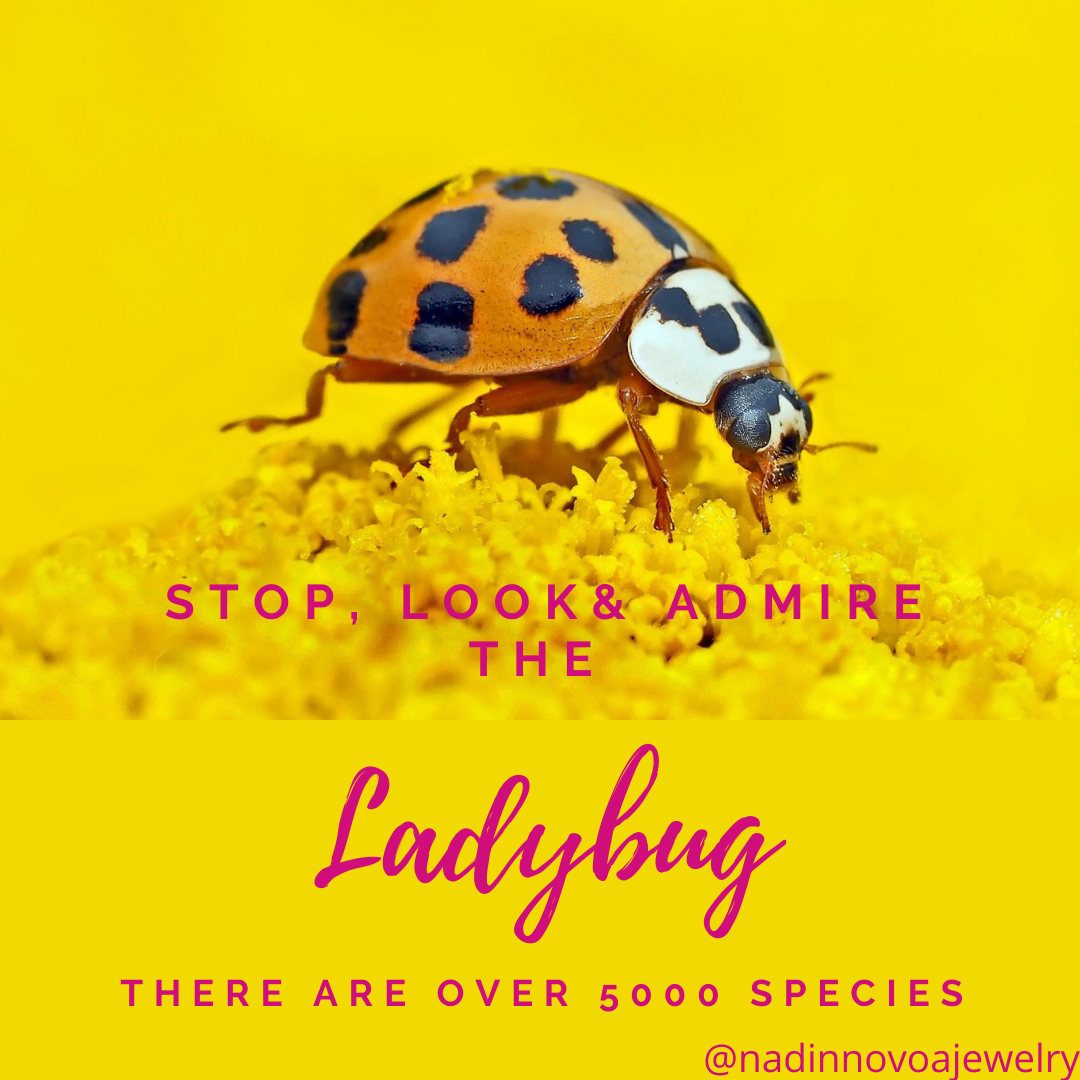
International Polar Bear Day:
February 27th
Why are they important?
First, because they help maintain a circle of biodiversity and life on earth, and second, because they are an indicator of how healthy/unhealthy an ecosystem is. They are at the top of the food chain in the Arctic, and they were the first vertebrate species to be listed as threatened by the U.S Endangered Species Act. They have become a clear example of the negative effects of climate change and habitat loss and how humans are either contributing or helping with the problem. However, they are also a symbol of hope.
What is the problem?
Their habit is disappearing! And their numbers are diminishing. Ice is receding quickly. That means a whole ecosystem (food-chain and habitat loss) in the Arctic could collapse because there could be overpopulation or underpopulation of species, which can have a terrible ripple effect on the world. In addition, humans keep trying to get into these “newly unearthed” lands for economic gains (like oil extraction and commercial activities) for things that keep contributing to environmental catastrophes and endangering the little habitat that is left.
Currently, polar bears must move further distances in order to find ice paths that help them hunt seals. They are getting exhausted, or they are staying longer on land as there is no ice to swim to. They also may cross human settlements more, which causes conflict and additional dangers.
Polar bears are meant to live in a healthy icy habitat! Just for a minute think how horrible it would be to die of starvation, exhaustion, and in addition overheating! Remember, this problem is our problem too! If no action is taken, the Arctic as we know could be completely gone by the end of this century! I can’t imagine not having an Arctic! And even worse, by the end of the century… just process that for a minute, how scary it is!
What can we do?
First, learn about the problem and be curious to learn more about animals and how Mother Earth works. We can’t help if we don’t know about the problem or understand the importance that something brings to life on earth. Curiosity and motivation bring inspiration, which in turn makes you CARE.
One of the most important things is to reduce carbon emissions and the use of fossil fuels (because they warm up the planet).
-Start using or voting for clean energy, like solar and wind.
-On elections vote for candidates that care about the problem or write letters to representatives in your state.
-Support cleaner and better mass transportation plans for your city.
-Start shifting to electric or hybrid vehicles.
-Run your AC a little less or install solar panels at your home, if possible.
-Use businesses that use energy efficiency standards or that care about the problem in some way.
-Talk to family and friends about the problem. A conversation can start by watching movies, documentaries, reading articles, admiring artwork, etc.
How many polar bears are there?
There are around 26,000 polar bears, but they could all be gone by the end of the century. Projections show that there could be a 30% decline in the polar bear population by as early as 2050. Polar bears are currently listed as a vulnerable species.
Where do they live?
These beautiful, breathtaking animals are found in the Arctic (in the Northern Hemisphere) where the arctic fox and the snowy owl live as well. There are no polar bears in the Antarctic (Southern Hemisphere) where penguins There are around 26,000 polar bears, but they could all be gone by the end of the century. Projections show that there could be a 30% decline in the polar bear population by as early as 2050.
Polar bears are currently listed as a vulnerable species.
So where in the Arctic?
Polar bears are found in parts of Canada, the United States (Alaska), Norway, Denmark (Greenland), and Russia.
Canada is the country that has the most polar bears, and the city of Churchill in Manitoba is known as the polar bear capital of the world.
How many populations of bears are there?
There are 19 populations of polar bears. Alaska homes 2 sub-populations, and in the Southern Beaufort Sea region, Polar Bears are declining faster.
What is something interesting about Polar Bears?
They only exist in the Arctic.
They are animals that thrive in the cold weather thanks to their thick layers of body fat and fur.
They struggle with overheating (that is why they walk slowly).
Their beautiful white fur is actually transparent, and their skin is black and their tongue is blue.
Momma bears can go around 8 months fasting and survive mostly on their body fat reserves.
Their paws are massive, like the size of a dinner plate or a 12-inch ruler. They can grip the ice well.
They are hard workers and good travelers because they spend around 50% of their time hunting. Hunting means traveling huge distances.
Their life is based on hunting and conserving energy (how ironic is the last part, don’t you think?).
They are clean animals, and by keeping themselves clean, their coats remain better insulated.
Video Inspiration
Sources and resources for additional information:
https://www.arcticwwf.org/wildlife/polar-bear/
https://polarbearsinternational.org/
https://www.protectthearctic.org/
https://www.worldatlas.com/articles/where-do-polar-bears-live.html
https://www.greenpeace.org/usa/the-polar-bear-more-than-a-poster-child/





















